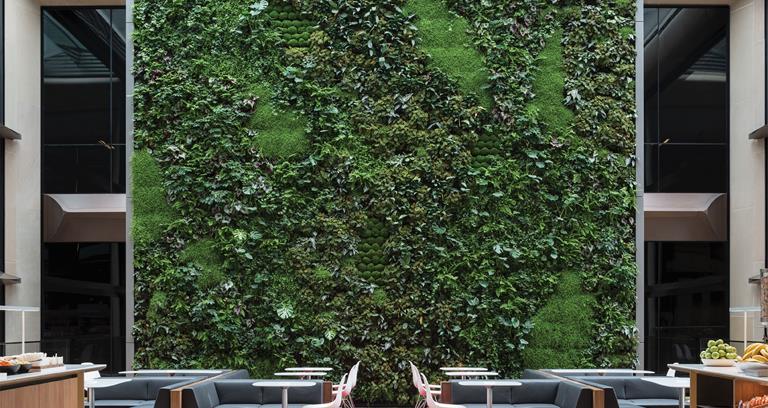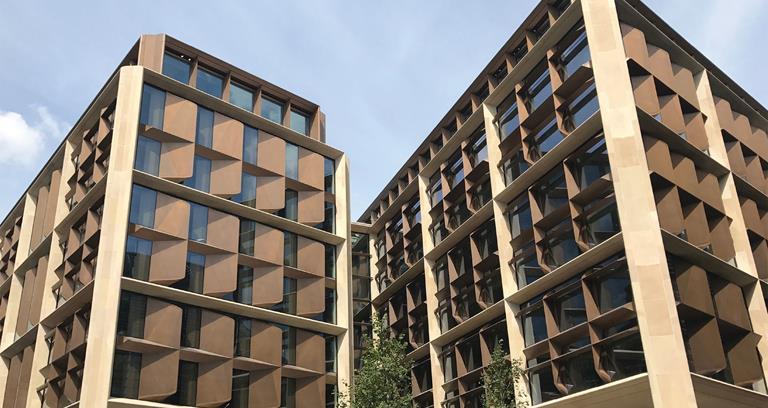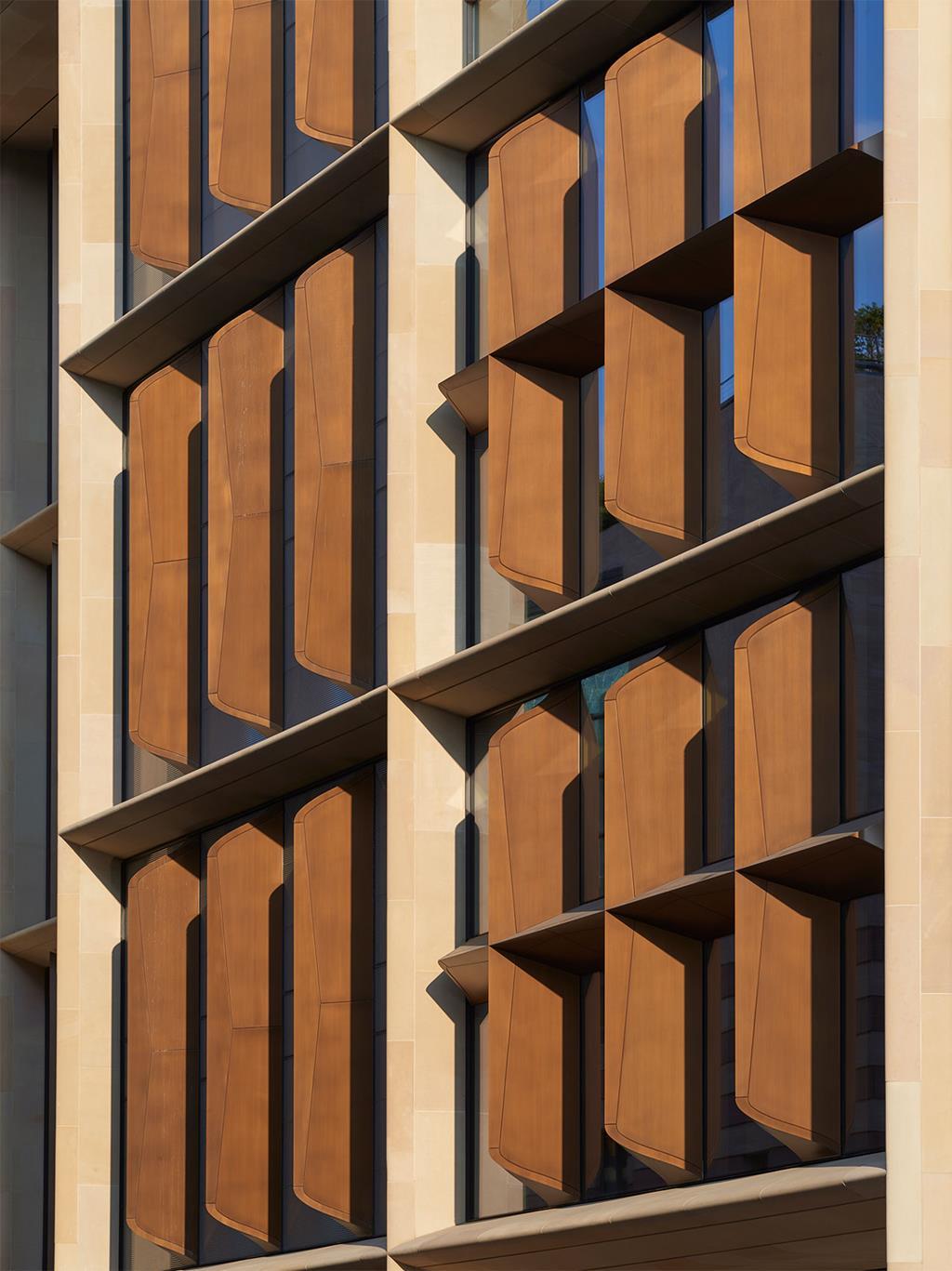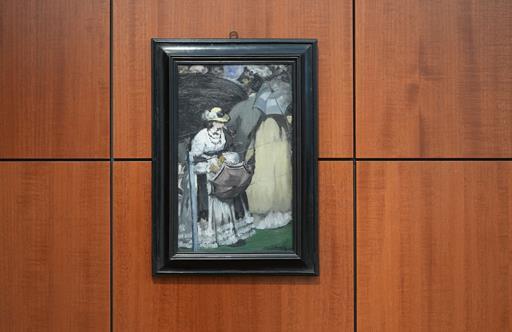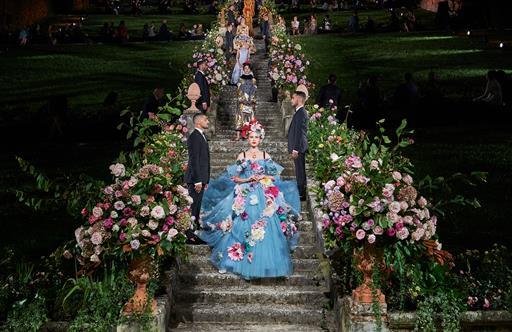Foster’s London: Norman Foster Q&A
The acclaimed architect on the British capital and its “organic” structure
Not since Christopher Wren after the fire of 1666 has a single architect had so much influence on the London cityscape. So ubiquitous are Norman Foster’s fingerprints that it can be difficult to spend time in London and not see his work.
You couldn’t, for instance, fly into Stansted or go to a football match at Wembley Stadium, nor could you visit the British Museum, the Imperial War Museum or the Sackler Galleries at the Royal Academy.
You’d also need to avoid the ME London by Melia hotel at Aldwych, a number of buildings at Imperial College as well as the Apple store on Regent Street, the Asprey flagship boutique on New Bond Street and the whole of Spitalfields Market.
You should hope business does not bring you to the headquarters of HSBC, JCDecaux, Sainsbury’s or PricewaterhouseCoopers. And it’s best, in fact, to entirely avoid the financial district – known as the City or the Square Mile – because in addition to the district’s most iconic structure, the rocket-ship-like Gherkin, Foster + Partners is also responsible for City Hall just across the river; the Millennium Bridge, which connects St Paul’s with Tate Modern; and a handful of recent and forthcoming buildings, including the just-unveiled Bloomberg HQ.
Centurion Magazine reported on the growing culture of the City and its surrounds in the latest print issue, and we could think of no one better to speak to than Norman Foster about its evolution, from his view of the recent changes to his own buildings in it and how the City compares with other financial districts around the globe.
How do you view the cultural reinvention of the City as not just a business district, but a place to eat, drink, relax and indulge?
The City of London has always embraced change, which is part of its inherent character. But even with this constant reinvention, it has retained its essence – the narrow, winding medieval streets running through an extraordinarily dense urban fabric.
Density does not automatically mean making tall buildings, and the City is an apt illustration of this – a low-rise, pedestrian-friendly quarter that has all the major characteristics of a sustainable model for the city. The idea that innovation and creativity can sit comfortably alongside historicity and respect for the spirit of the past is exemplified by the City of London.
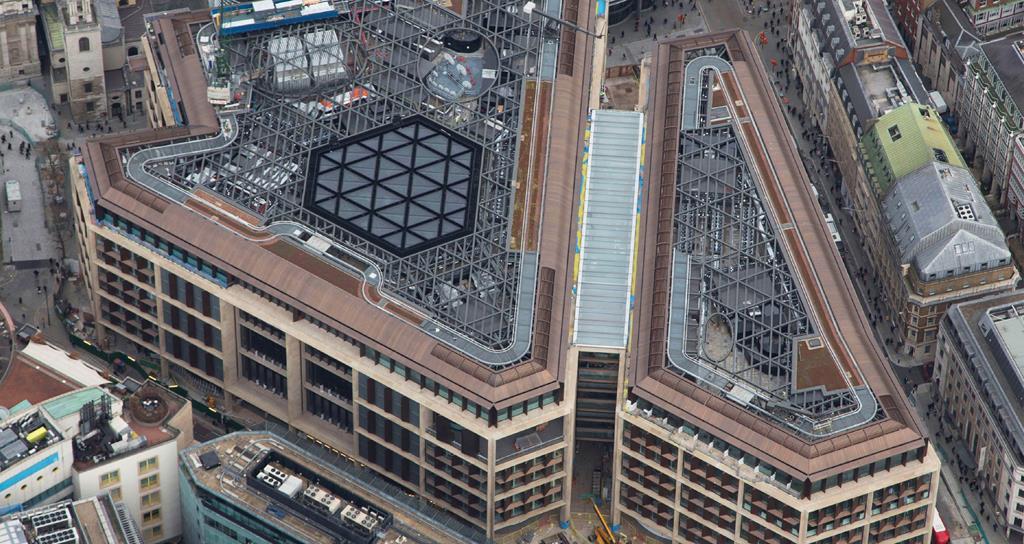
Bloomberg Building | Credit: Katy Harris
How does your new Bloomberg Building fit into that?
When we started working on Bloomberg’s London headquarters, there was a clear understanding that the building should be “of its place”. The scale and materiality of the building is respectful to its surroundings, and its design brings life to the civic domain by reviving the ancient Watling Street as a public arcade that will serve as a shortcut for workers in the city.
The design shows that it is possible to create state-of-the-art workplaces that are highly specific to the way an organisation such as Bloomberg operates, yet be sympathetic to the local surroundings, and become an integral part of the city.
How does the Square Mile compare to other global financial districts?
I have often called London an analogue city rather than a digital one such as New York. The structure of the city, with its absence of grids and numerical references, is more organic, having evolved out of individual centres that have developed and coalesced over time. Nowhere is this more evident than the City of London, and this is, what I believe, makes it unique amongst business districts around the world.
Visit fosterandpartners.com


